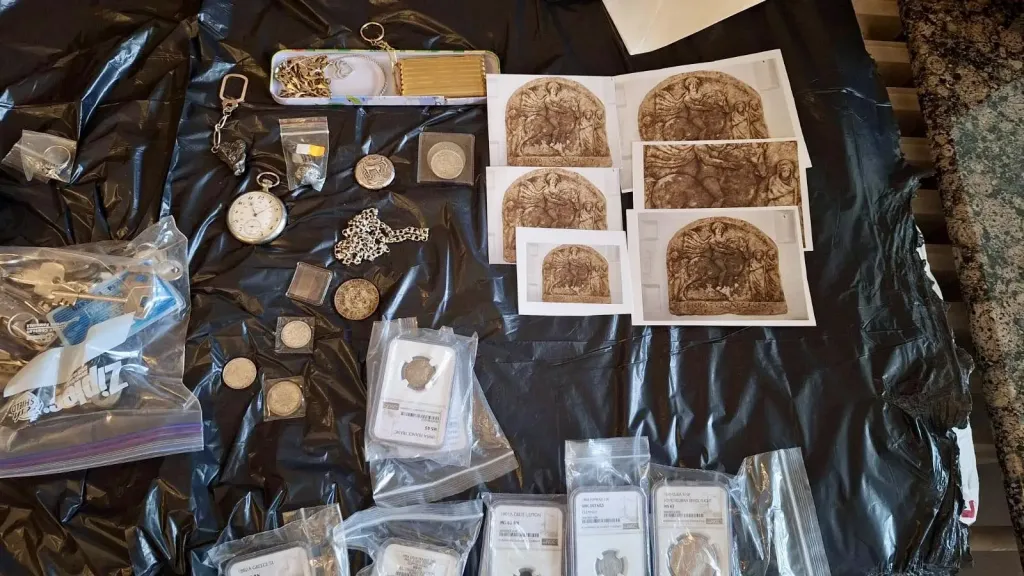Bulgarian authorities, with the support of Europol, busted a criminal network involved in the trafficking of thousands of cultural artifacts across Europe on Tuesday, according to Europol. Investigations are still ongoing.
Conducted by a Europol operational task force, the investigation has involved law enforcement and judicial authorities from Albania, France, Germany, Greece, Italy, and the United Kingdom.
There were 35 arrests in Bulgaria and 131 searches in houses, vehicles, and bank safes, all of which resulted in the seizure of more than 3,000 artifacts; the estimated value of the recovered goods totaled more than €100 million ($115 million) across artworks, weapons, documents, electronic equipment, cash, and gold. The arrests were coordinated from Bulgaria’s capital city, Sofia, as well as at Eurojust (European Union Agency for Criminal Justice Cooperation) in The Hague.
Authorities allege that a primary high-value target was financing illegal excavations in Bulgaria and across the Balkans. Authorities also claimed that they believe local looters working for middlemen who report to the high-value target are also involved.
The initial investigation started after a house raid in Bulgaria in 2020, during which time authorities seized approximately 7,000 cultural artifacts. The art collection included masks, military equipment, jewelry, vases, rhytons, and cups from Thracian and Greco-Roman civilizations, some of which date as far back as 2000 BCE.
Some of the objects had questionable provenance issued by auction houses and art galleries in France, Germany, the United Kingdom, and the United States, but most had no found documentation, according to authorities, who said that they believe those without provenance were illegally acquired.
The recovered objects are currently being kept in the Bulgarian National History Museum in Sofia pending further investigation.
The current task force was established in June 2024 and has been able to identify connections between individuals across different countries, as well as the location of other artifacts thought to have been trafficked by network members.

